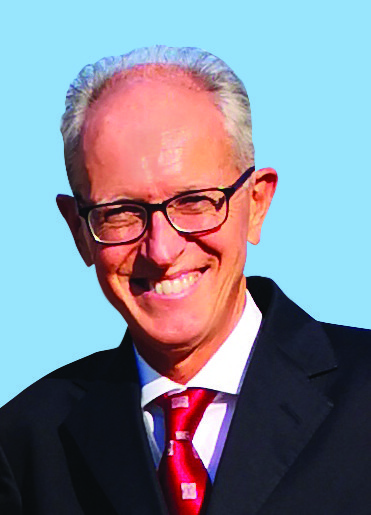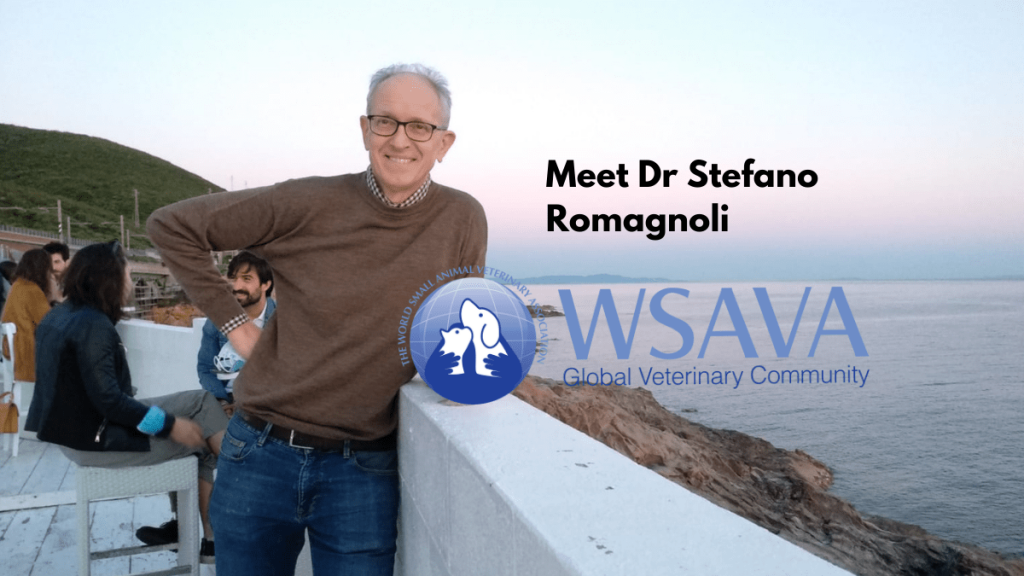Dr Stefano Romagnoli, Chair of the WSAVA’s new Reproduction Control Committee

Dr Stefano Romagnoli
Could you introduce yourself to WSAVA members?
I teach small animal reproduction at the University of Padova, Italy. I see first opinion and referral cases at the Veterinary Teaching Hospital (VTH) and lead a group of six scientists/clinicians working in reproduction of different species (dogs and cats, ruminants, horses, wild and exotics).
Could you briefly summarize your career?
I graduated in 1982 from the University of Pisa. From 1984-86 I was a Fulbright Fellow at the University of Minnesota (UM) where I did a Master of Science in Theriogenology. I subsequently worked at the VTH of the UM for my third year as Clinical Assistant Professor in small animal reproduction. I then returned to Italy where I joined the Veterinary Faculty as Assistant (1987) and then Associate (1991) Professor in Reproduction.
In 2001 I joined the Veterinary Faculty at the University of Padova as Full Professor. I am a past president of the Italian Feline Practitioner’s Association; the European Society of Feline Medicine; the European College of Animal Reproduction and the European Board of Veterinary Specializations. I am currently President of the Italian Society of Animal Reproduction.
horizontal
What led you to specialize in the area of companion animal reproduction?
While at the UM I met Shirley Johnston, who has been my mentor and friend ever since. Studying reproduction in dogs and cats was in its infancy at that time in Europe while in the USA it was developing rapidly thanks to her research work and her vision. My main interest was bovine reproduction back then but, while working with her, I became enthusiastic about companion animals. My collaboration with her helped me to become established in Europe as an expert in this field. Her incredible vision of the future has shaped my career and my whole life.
Why is now a good time for the WSAVA to start focusing on reproduction and its control?
Stray populations of companion animals are a financial burden for societies while the spay-neuter approach – which we all have relied upon for decades – has recently been challenged by research showing that the removal of gonads may have negative consequences for the health of our pets. There are some grey areas and some uncertainties around these issues that need clarification and the setting of rules. Small animal practitioners are increasingly calling for advice as to whether or not and when to castrate. The time is ripe and WSAVA is ideally placed to provide this guidance.

full
What will be the key opportunities and challenges facing companion animal veterinarians working in this area over the next few years?
Advising clients on whether or not to spay-neuter a pet; the best age at which to do it and the most appropriate procedure to use are some of the biggest challenges small animal veterinarians will face over the next decade. We were all taught that spaying or neutering is devoid of negative consequences for the health of our pets. We now know that this isn’t true, at least not in 100% of cases. As veterinarians, we need to give the right advice and this will differ depending on the breed, the role of the pet in the family, the family’s routine etc.
This is a fundamental change of paradigm in our profession and those who realize it first will be way ahead of their competitors.
If you could give them one piece of advice, what would it be?
Stay tuned to the work of our Committee!
How are you feeling now that the Committee is in place? What are you all most looking forward to?
The Reproduction Control Committee is a great group of excellent scientists and clinicians with a broad and inspiring vision of the future. We know each other very well and have already started working together online. What we are most looking forward to is the opportunity to meet face to face as this is a more productive way to achieve our goals.
What do you hope to achieve during the first few years of the Committee’s work?
We are working on a set of Global Guidelines on surgical approaches to spay-neuter in collaboration with the WSAVA’s Animal Wellness and Welfare Committee. Our goal for the first year is to complete these Guidelines, as well as to define our next goals, which could include:
- Guidance on the best clinical procedure for spay-neuter depending on patient/situation
- Defining the breeds/cases in which surgical spay-neuter may not be always indicated
- Providing guidelines on the safe use of chemical reversible castration
What do you enjoy doing outside work to relax?
I read the international press (like The Economist); enjoy books on travel, science fiction and history and I work out with my 19-year-old son.

full
Could you tell us something that might surprise us?
Space travel fascinates me. It has always been my dream to go to the Moon or at least to the International Space Station. Should space travel become affordable, I will certainly seize the opportunity!

